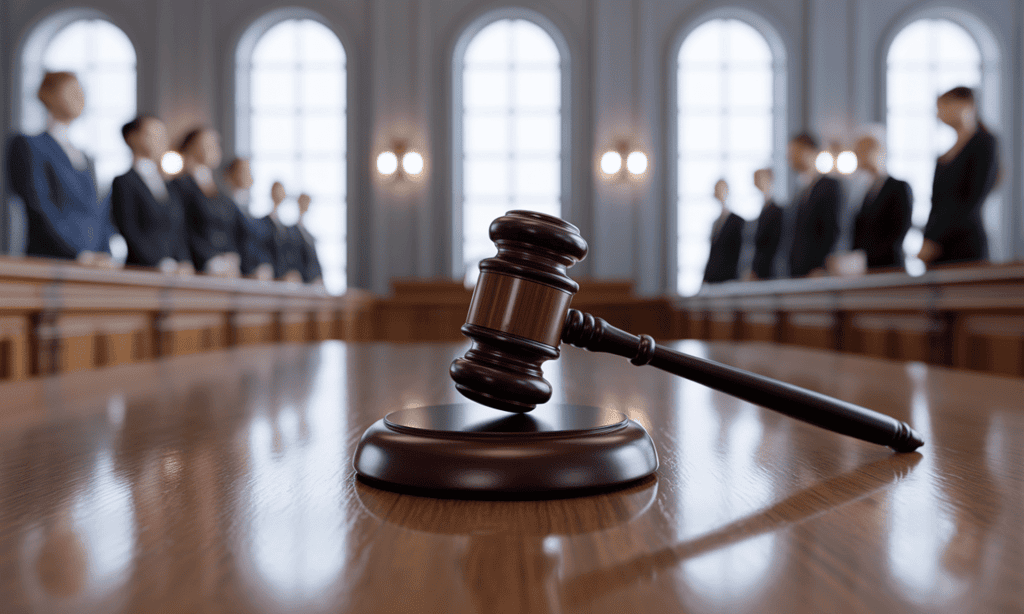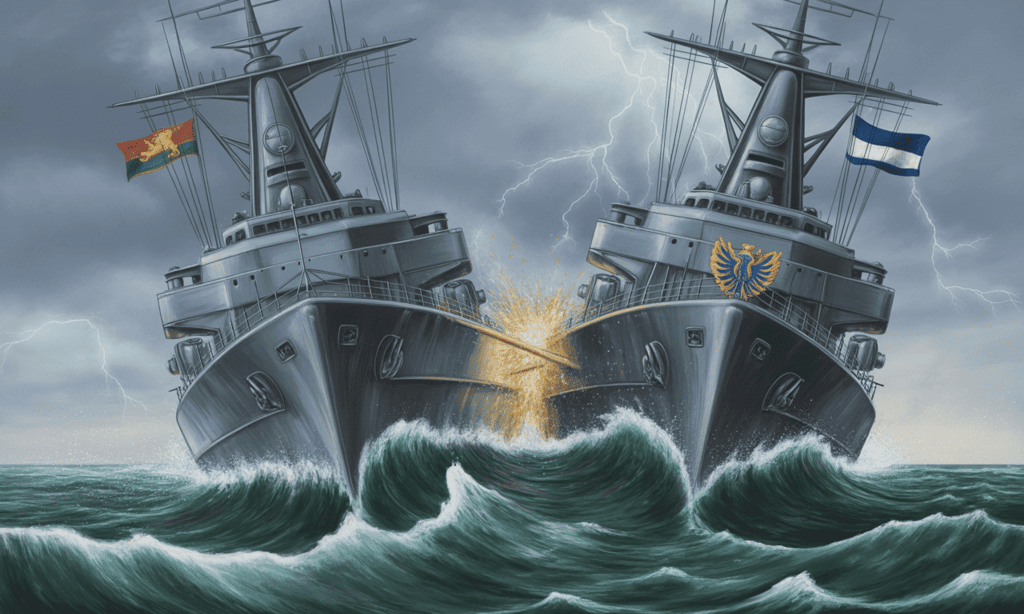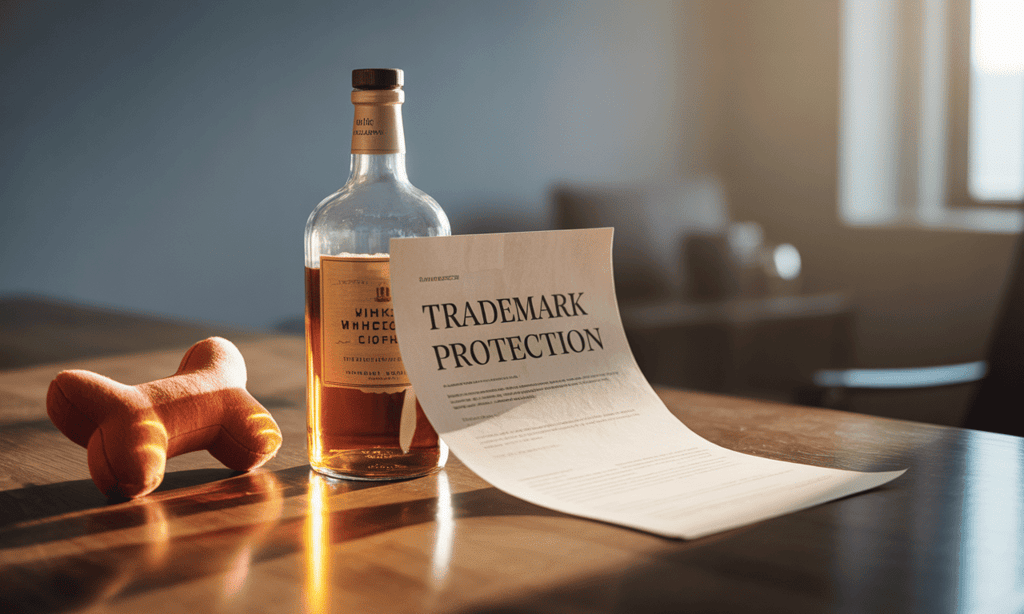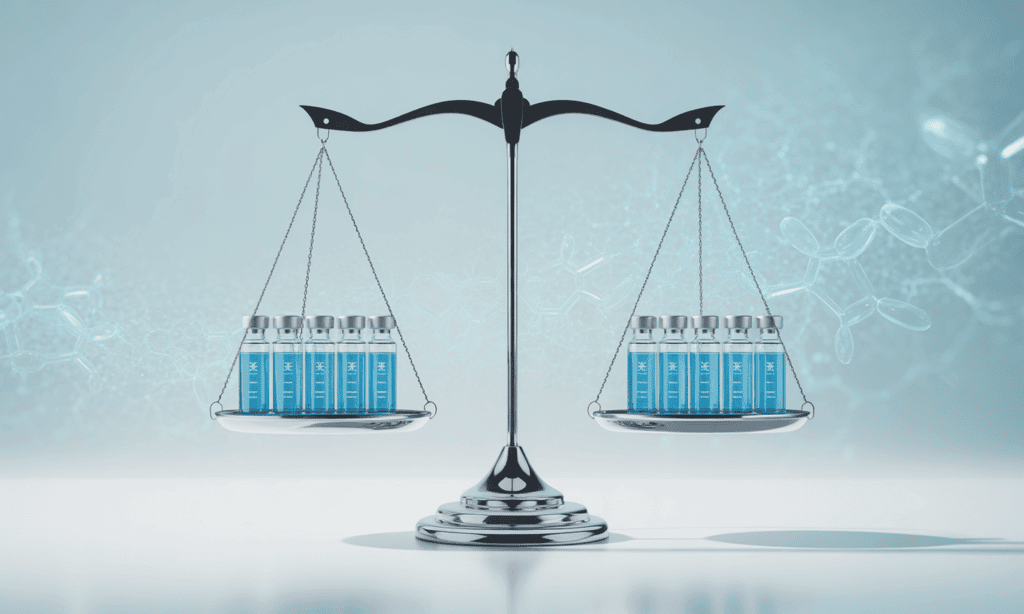CLAT Exam > CLAT Notes > Legal Reasoning for CLAT > Major Legal Judgements of International Laws & IPR
Major Legal Judgements of International Laws & IPR | Legal Reasoning for CLAT PDF Download
1. Nicaragua v. United States (1986) – State Responsibility

- Facts: Nicaragua sued the US at the ICJ, alleging that US support for Contra rebels and mining of Nicaraguan harbors violated international law.
- Issues: Did US actions breach sovereignty and non-intervention principles? Does the ICJ have jurisdiction?
- Principle: States are responsible for acts violating sovereignty, non-intervention, and the prohibition of force under customary international law and the UN Charter (Article 2(4)).
- Judgment: The ICJ ruled against the US, finding violations of international law and ordering reparations, though the US rejected the verdict.
- Significance: This case reinforced state responsibility and non-intervention, shaping ICJ jurisprudence on unlawful use of force.
2. North Sea Continental Shelf Cases (1969) – Maritime Delimitation
- Facts: Germany, Denmark, and the Netherlands disputed continental shelf boundaries in the North Sea, seeking ICJ clarification on delimitation principles.
- Issues: Are equidistance principles customary law? How should maritime boundaries be delimited?
- Principle: Delimitation requires equitable solutions based on relevant circumstances, not solely equidistance, unless agreed by states.
- Judgment: The ICJ rejected mandatory equidistance, directing parties to negotiate equitable boundaries.
- Significance: This case established equitable principles for maritime delimitation, influencing the Law of the Sea (UNCLOS).
3. Lotus Case (1927) – Jurisdiction

- Facts: A collision between French and Turkish ships led to Turkey prosecuting a French officer. France challenged Turkey’s jurisdiction at the PCIJ.
- Issues: Can a state exercise jurisdiction over foreign nationals for acts on the high seas? What limits state jurisdiction?
- Principle: States have jurisdiction unless prohibited by international law, based on sovereignty, with the “effects doctrine” allowing jurisdiction over acts impacting the state.
- Judgment: The PCIJ upheld Turkey’s jurisdiction, as the collision affected Turkish interests.
- Significance: This case established permissive jurisdiction principles, though modern law leans toward restrictive approaches.
4. Chorzów Factory Case (1928) – Reparations
- Facts: Germany sued Poland at the PCIJ for seizing a factory in violation of a treaty, seeking reparations for the unlawful act.
- Issues: What is the scope of reparations for breaches of international law? Must compensation restore the status quo ante?
- Principle: Reparations must wipe out all consequences of an illegal act, restoring the situation as it would have been, per customary international law.
- Judgment: The PCIJ ordered Poland to pay compensation to Germany for the factory’s seizure.
- Significance: This case set the standard for reparations, influencing state responsibility and remedies in international law.
5. Nuclear Tests Cases (1974) – Unilateral Declarations
- Facts: Australia and New Zealand sued France at the ICJ to stop atmospheric nuclear tests in the Pacific, citing environmental harm.
- Issues: Are unilateral declarations legally binding? Can the ICJ adjudicate based on France’s public statements?
- Principle: Unilateral declarations by states, if clear and intentional, can create binding obligations under international law.
- Judgment: The ICJ dismissed the case as moot after France declared it would cease tests, deeming the declaration binding.
- Significance: This case established the binding nature of unilateral declarations, impacting state commitments.
6. US Diplomatic and Consular Staff in Tehran (1980) – Diplomatic Immunity
- Facts: The US sued Iran at the ICJ after Iranian students seized the US embassy in Tehran, holding diplomats hostage.
- Issues: Did Iran violate diplomatic immunity? What are a host state’s obligations under the Vienna Convention?
- Principle: States must protect diplomatic premises and personnel under the Vienna Convention on Diplomatic Relations, 1961.
- Judgment: The ICJ ruled Iran violated international law, ordering the hostages’ release and reparations.
- Significance: This case reinforced diplomatic immunity, shaping state obligations for embassy protection.
7. Australia – Measures Affecting Importation of Salmon (1998) – WTO Disputes
- Facts: Canada challenged Australia’s ban on salmon imports at the WTO, alleging violations of the SPS Agreement due to unscientific restrictions.
- Issues: Did Australia’s ban violate WTO rules? Must trade measures be based on scientific evidence?
- Principle: Trade restrictions under the SPS Agreement must be based on scientific evidence and risk assessments, per WTO law.
- Judgment: The WTO ruled against Australia, finding the ban lacked scientific justification.
- Significance: This case clarified SPS Agreement requirements, ensuring science-based trade measures.
8. Legal Consequences of the Wall (2004) – Occupied Territories
- Facts: The UN General Assembly sought an ICJ advisory opinion on Israel’s construction of a wall in the Occupied Palestinian Territory.
- Issues: Does the wall violate international law? What are the legal consequences for Israel and other states?
- Principle: Occupying powers must comply with humanitarian and human rights law; actions like the wall may violate self-determination and territorial integrity.
- Judgment: The ICJ declared the wall unlawful, urging its dismantlement and reparations.
- Significance: This advisory opinion reinforced obligations in occupied territories, influencing humanitarian law.
9. Germany v. Italy (2012) – State Immunity
- Facts: Italy allowed civil claims against Germany for WWII atrocities. Germany sued at the ICJ, claiming state immunity.
- Issues: Does state immunity apply to serious human rights violations? Can domestic courts override immunity?
- Principle: States enjoy immunity from foreign jurisdiction, even for grave violations, under customary international law, unless waived.
- Judgment: The ICJ upheld Germany’s immunity, ordering Italy to cease claims.
- Significance: This case clarified state immunity, balancing sovereignty and accountability.
10. Sudan v. UAE (2024) – Genocide Convention
- Facts: Sudan sued the UAE at the ICJ, alleging support for militias committing genocide in Sudan, violating the Genocide Convention.
- Issues: Did UAE actions breach the Genocide Convention? What is state responsibility for aiding atrocities?
- Principle: States must prevent and punish genocide, including avoiding support for acts constituting genocide, per the 1948 Convention.
- Judgment: The ICJ found prima facie evidence of UAE violations, issuing provisional measures to halt support.
- Significance: This 2024 case highlighted state accountability for indirect genocide support, strengthening Convention enforcement.
11. Bayer Corp. v. Natco Pharma (2012) – Compulsory Licensing
- Facts: Natco sought a compulsory license for Bayer’s patented drug Nexavar under Section 84, Patents Act, 1970, citing high costs and public health needs.
- Issues: Can a compulsory license be granted for affordability? What conditions justify it?
- Principle: Compulsory licenses can be granted if a patented drug is unaffordable, not worked in India, or public health demands it, per TRIPS and Indian law.
- Judgment: The Controller of Patents granted the license, upheld by courts, allowing Natco to produce a cheaper generic.
- Significance: This landmark case set a precedent for compulsory licensing, balancing patent rights with public health.
12. Andy Warhol Foundation v. Goldsmith (2023) – Fair Use
- Facts: The Warhol Foundation used Goldsmith’s photo of Prince for a series, claiming fair use. Goldsmith sued for copyright infringement in the US.
- Issues: Is Warhol’s use transformative under fair use? How is commercial use assessed?
- Principle: Fair use (17 U.S.C. § 107) requires transformative purpose and minimal commercial impact; non-transformative commercial use infringes copyright.
- Judgment: The US Supreme Court ruled against Warhol, finding the use non-transformative and commercially harmful.
- Significance: This case clarified fair use boundaries, impacting artistic and commercial copyright disputes.
13. Jack Daniel’s v. VIP Products (2023) – Trademark Parody

- Facts: VIP Products sold a dog toy mimicking Jack Daniel’s whiskey bottle. Jack Daniel’s sued for trademark infringement in the US.
- Issues: Does parody enjoy First Amendment protection over trademark rights? When does parody infringe?
- Principle: Parodies using trademarks as source identifiers infringe under the Lanham Act unless non-commercial or highly expressive.
- Judgment: The US Supreme Court ruled for Jack Daniel’s, finding the toy’s use infringed trademark rights.
- Significance: This case limited parody defenses, reinforcing trademark protections.
14. Diamond v. Chakrabarty (1980) – Patentable Subject Matter
- Facts: Chakrabarty sought a US patent for a genetically modified bacterium. The USPTO denied it, arguing living organisms are not patentable.
- Issues: Are living organisms patentable under 35 U.S.C. § 101? What constitutes patentable subject matter?
- Principle: Man-made living organisms are patentable if they meet novelty, utility, and non-obviousness criteria under US patent law.
- Judgment: The US Supreme Court allowed the patent, ruling the bacterium was a patentable invention.
- Significance: This case expanded patent law to biotechnology, fostering innovation in genetic engineering.
15. A&M Records v. Napster (2001) – Copyright Infringement
- Facts: A&M Records sued Napster for enabling users to share copyrighted music via its peer-to-peer platform in the US.
- Issues: Is Napster liable for contributory and vicarious copyright infringement? Does it qualify for safe harbor?
- Principle: Platforms facilitating copyright infringement are liable for contributory and vicarious infringement unless protected by safe harbor (DMCA).
- Judgment: The US Court of Appeals held Napster liable, rejecting safe harbor due to knowledge of infringement.
- Significance: This case shaped digital copyright law, impacting online platforms and file-sharing services.
16. Golden-Elephant Sincerity v. Shandong Hualu-Hengsheng (2023) – Trade Secrets
- Facts: GES, a foreign company, sued SHH in China for trade secret misappropriation after a former engineer shared melamine production secrets.
- Issues: What constitutes trade secret misappropriation? Can injunctive relief include dismantling equipment?
- Principle: Trade secret misappropriation requires unauthorized use of confidential information; injunctive relief can include equipment destruction to prevent further harm.
- Judgment: China’s Supreme People’s Court ruled for GES, awarding damages and ordering equipment dismantling.
- Significance: This case strengthened trade secret protections in China, encouraging foreign investment.
17. Amgen Inc. v. Sanofi (2023) – Patent Enablement

- Facts: Amgen sought to patent a genus of antibodies for cholesterol treatment. Sanofi challenged the patents for lacking enablement under 35 U.S.C. § 112.
- Issues: Do genus claims require sufficient enablement? What is the threshold for undue experimentation?
- Principle: Patents must enable a skilled person to make and use the invention without undue experimentation, especially for broad genus claims.
- Judgment: The US Supreme Court invalidated Amgen’s patents, finding insufficient enablement.
- Significance: This case tightened enablement requirements, impacting biotech and pharma patents.
18. Viacom v. YouTube (2010) – Safe Harbor
- Facts: Viacom sued YouTube in the US for hosting copyrighted clips, alleging infringement. YouTube claimed DMCA safe harbor protection.
- Issues: Does YouTube qualify for safe harbor? Is it liable for user-uploaded infringing content?
- Principle: Online platforms qualify for DMCA safe harbor (17 U.S.C. § 512) if they lack knowledge of infringement and act on takedown notices.
- Judgment: The US Court ruled for YouTube, finding it eligible for safe harbor due to compliance with takedown procedures.
- Significance: This case clarified safe harbor protections, shaping liability for online platforms.
19. Optis v. Apple (2024) – FRAND Licensing
- Facts: Optis sued Apple in the UK for infringing standard-essential patents (SEPs) for cellular technology, alleging Apple violated fair, reasonable, and non-discriminatory (FRAND) terms.
- Issues: What constitutes FRAND compliance? Can courts set global licensing terms?
- Principle: SEP holders must offer FRAND terms; courts can set global rates if parties negotiate in good faith, per international IP norms.
- Judgment: The UK Court of Appeal upheld a lower court’s FRAND terms, ordering Apple to pay royalties.
- Significance: This 2024 case clarified FRAND obligations, impacting global SEP disputes.
20. ANI v. OpenAI (2024) – AI and Copyright
- Facts: Indian news agency ANI sued OpenAI in New Delhi, alleging unauthorized use of its content to train ChatGPT, violating copyright.
- Issues: Does using copyrighted material for AI training infringe? What are the limits of fair use in AI?
- Principle: Unauthorized use of copyrighted material for AI training may infringe unless it qualifies as fair use or transformative under copyright law.
- Judgment: The court issued interim orders restricting OpenAI’s use of ANI content, pending trial.
- Significance: This 2024 case highlighted copyright challenges in AI, influencing global IP law.
The document Major Legal Judgements of International Laws & IPR | Legal Reasoning for CLAT is a part of the CLAT Course Legal Reasoning for CLAT.
All you need of CLAT at this link: CLAT
|
63 videos|174 docs|38 tests
|
FAQs on Major Legal Judgements of International Laws & IPR - Legal Reasoning for CLAT
| 1. What is the significance of the Nicaragua v. United States (1986) case in international law? |  |
Ans. The Nicaragua v. United States case is significant because it established important principles regarding state responsibility and non-intervention. The International Court of Justice (ICJ) ruled that the U.S. had violated international law by supporting Contra rebels against the Nicaraguan government, emphasizing the obligation of states to refrain from intervening in the internal affairs of other states.
| 2. How did the North Sea Continental Shelf Cases (1969) influence maritime delimitation? |  |
Ans. The North Sea Continental Shelf Cases set a precedent for how maritime boundaries are to be determined, emphasizing the principle of equidistance in the absence of an agreement between states. The ICJ's decision highlighted the importance of equitable solutions in maritime delimitation and influenced subsequent treaties and negotiations regarding continental shelf rights.
| 3. What legal principles were established in the Lotus Case (1927) regarding jurisdiction? |  |
Ans. The Lotus Case established the principle that a state has jurisdiction over acts occurring within its territory unless there is a specific rule of international law that prohibits it. This case underscored the idea of sovereignty and the rights of states to exercise jurisdiction over foreign nationals involved in incidents on their territory.
| 4. What is the importance of the Chorzów Factory Case (1928) concerning reparations? |  |
Ans. The Chorzów Factory Case is crucial as it set forth the principle that a state must make full reparations for damages caused by its unlawful acts. The ICJ articulated that reparations must restore the injured party to the position it would have been in if the wrongful act had not occurred, thus laying a foundation for future claims of state responsibility and compensation.
| 5. How did the Nuclear Tests Cases (1974) address unilateral declarations in international law? |  |
Ans. The Nuclear Tests Cases addressed the validity and binding nature of unilateral declarations made by states. The ICJ held that such declarations could create legal obligations if they were clear and unequivocal. This case clarified the circumstances under which a state might be held accountable for its unilateral commitments in international relations.
Related Searches





















